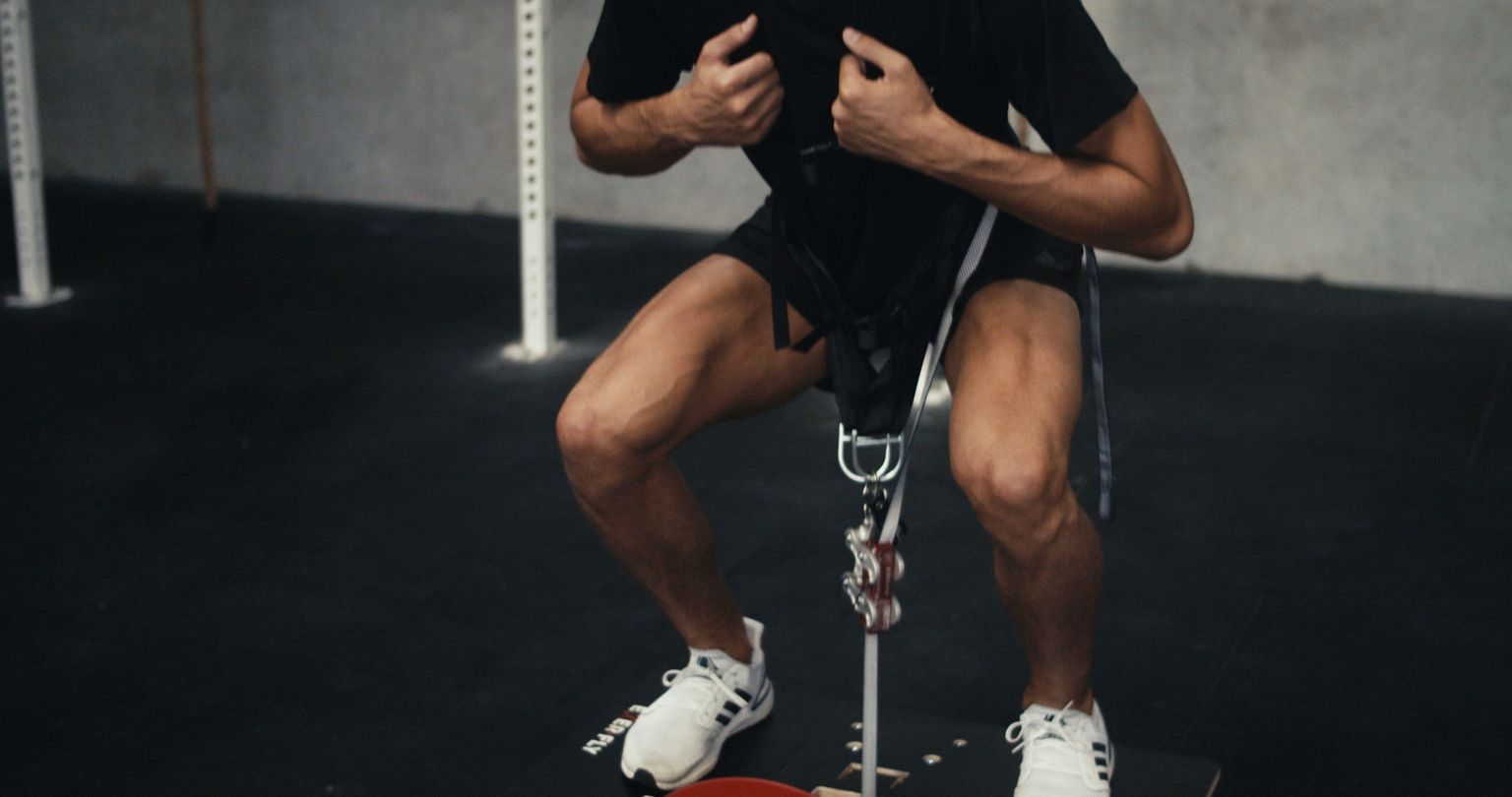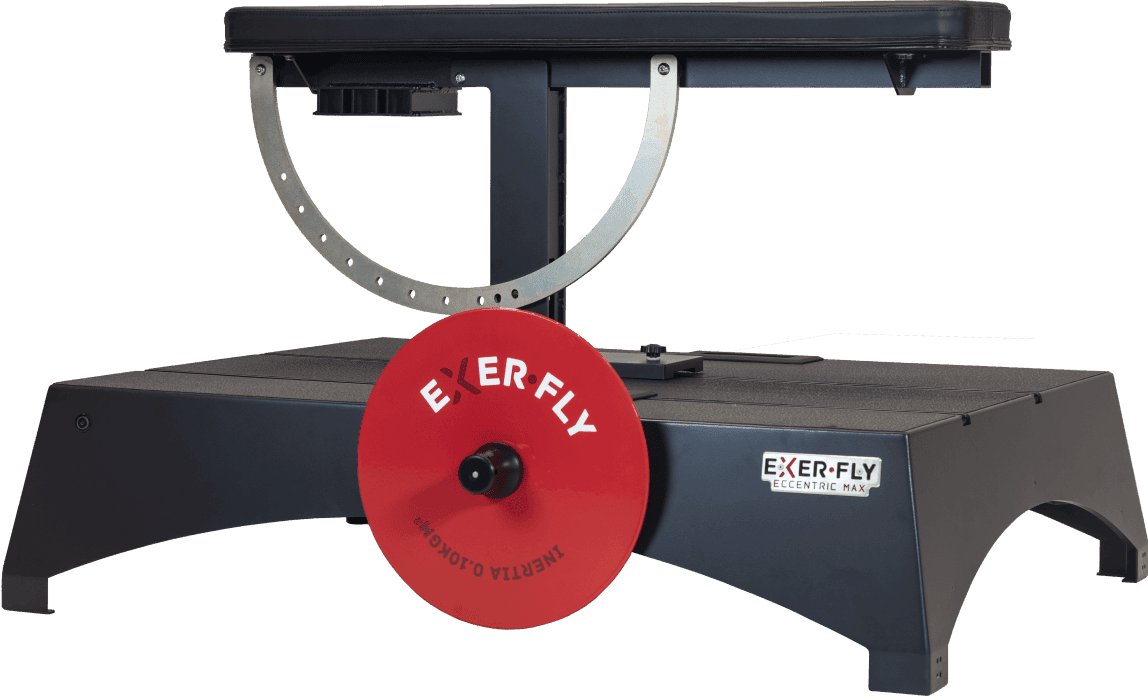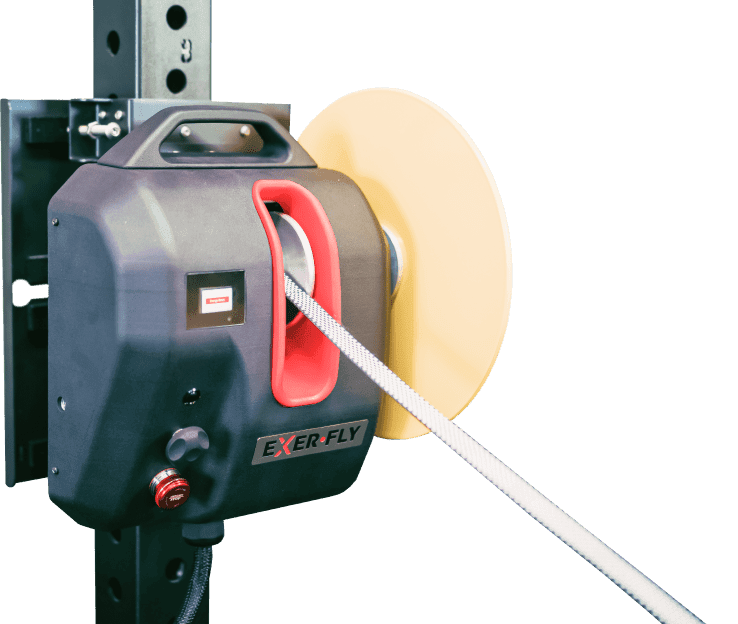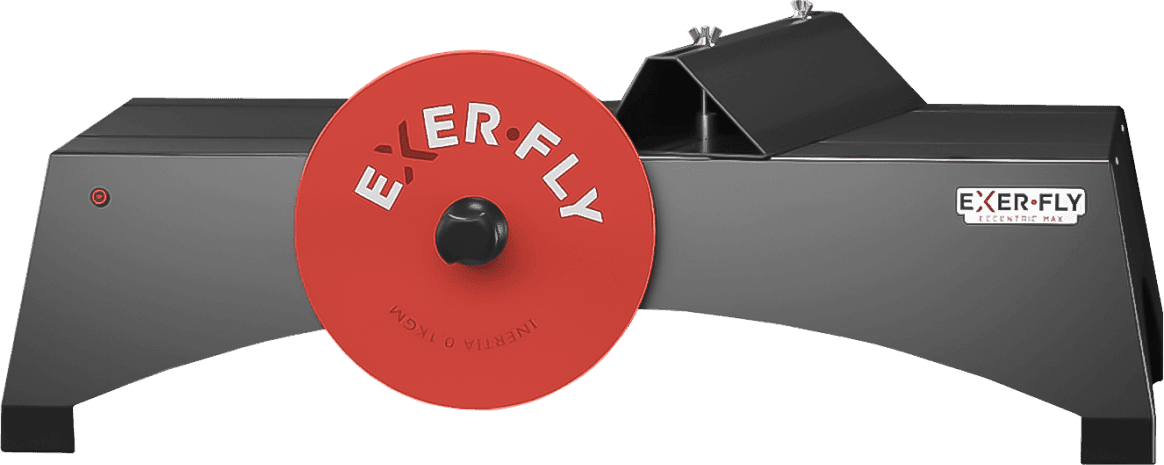
Eccentric Squats For Unreal Power Development
Squats are exercises that are well known for their numerous benefits: lowering your chance of knee and ankle injury, strengthening leg muscles, and burning calories. But these can be taken to the next level with eccentric squats.
Eccentric squats slow the lowering phase of a squat to apply an overload stimulus, which you can use to treat knee tendon pain, increase lower limb stiffness and enhance power output.
If incorporated routinely into your lower body workouts, whether strength and conditioning or even rehabilitation, performing eccentric squats results in unrivaled results for all populations.
What Are Eccentric Squats?
An eccentric contraction is a contraction where the muscle lengthens under tension or load. Eccentric squats are when the quadriceps and gluteus maximus muscles lengthen, contracting eccentrically, in the downward phase of a movement.
Benefits Of Eccentric Squats
Reduced Knee Tendon Pain
You can use eccentric squat training in rehabilitation to decrease tendon pains and restore functions. Weight lifters specifically use this exercise to treat knee tendinopathy, as a study found that eccentric-focused training saw better results in lifters than corticosteroid injections.
Increase Lower Limb Stiffness
Eccentric exercises target the lengthening of the muscle, leading to increased elasticity and stiffness of the tendon and muscle, which translates into greater force output and less energy cost during movements.
Limb stiffness refers to quickly turning an eccentric movement concentric, otherwise known as the stretch-shortening cycle. Stiffness takes advantage of the passive elastic structures around muscles and tendons, which is vital in explosive tasks, as it affects elastic energy and force output.
Exercises like eccentric squats lead to a higher increase in the stretch-shortening cycle performance than traditional strength training. A stiffer leg due to eccentric squats halves the energy cost with each explosive task, which is especially ideal for athletes.
Enhance Power Output
Performing eccentric squats can improve how fast you move light and moderate loads by overloading the eccentric phase of the movement. This is because focusing on the eccentric phase of the movement can also improve the concentric phase, enhancing your overall power output.
As most athletes do not spend time on eccentric training, it is a missing link that results in unprecedented results and breaks their strength plateau once incorporated into their routine.
Concentric vs. Eccentric Squat: What’s The Difference?
A concentric squat focuses on the ascending portion of a squat, where the muscles are shortening. Any traditional barbell or bodyweight squat is considered a concentric squat. The concentric phase can also be isolated by starting the squat from the bottom position.
An eccentric squat focuses on the lowering part of a squat, where the muscles are lengthening. Eccentric squats are performed by adding more load than you could typically handle concentrically. Otherwise known as eccentric overload.
Eccentric Squat Variations
Here are four epic eccentric squat variations you can use to accentuate the eccentric phase of the squat.
Accentuated Eccentric Back Squat
The accentuated eccentric back squat is the typical method for performing the eccentric squat. But it has a couple of limitations:
-
You need two training partners as spotters or a power rack to dump the bar, or
-
You need special equipment called weight releasers.
If you have any of these options, here is how to do it:
-
Load the bar between 105-130% 1RM. It must be greater than your concentric 1RM to truly be eccentric overload.
-
Descend slowly to the bottom position. It should take between 3-6 seconds to reach the bottom.
-
Have spotters help you back to the top or dump the bar in the power rack.
Flywheel Delayed Braking Action Squat
While the flywheel falls under special equipment, it's equipment that is versatile and can be used for an entire full-body training session. The bonus is you don't need any training partners to spot you as it is much safer than overloading a barbell.
The Exerfly flywheel training device uses inertial loading, where the eccentric loading is matched to your concentric output. Meaning you're always in control. So how does this overload the eccentric then?
By delaying when you slow the flywheel down, you concentrate most eccentric force production in a short time window. Hence overloading eccentric rate of force development typically at longer muscle lengths. Here's how to do it:
- Clip the rope to the Exerfly belt, so your knees are soft at the top of the squat with the rope taught.
- Spin the flywheel to get started and build momentum for the initial one or two reps.
- Push maximally to the top and lightly ride the eccentric phase until near the bottom.
- Rapidly apply force to stop the eccentric movement and reverse to a concentric squat.
Self-Assisted Concentric Overload Flywheel Squat
Since the eccentric phase during flywheel training is matched to the effort during the concentric phase, we can overload the concentric for a more significant eccentric stimulus. When squatting, you will need a sturdy structure where you can assist with your hands. Here's how to do it:
- Set up as you would for the flywheel squat. However, have handles in front of you to assist with the concentric phase.
- As you push up, use your arms to assist the concentric phase.
- Let go of the handles during the eccentric phase.
2 Up, 1 Down Flywheel Squat
The 2 up, 1 down method isn't reserved for machine-based exercises. The Exerfly allows you to do the same with the squat. Here's how to do it:
- Set up as you would for the flywheel squat. Once getting the flywheel spinning, push with both legs during the concentric and use one leg during the eccentric.
- Have handles to hold for support.
Eccentric Maxx Flywheel Squat
Take your eccentric squat to the next level with the Eccentric Maxx function on the Exerfly platform. It is a built-in motor to overload the eccentric phase during flywheel movement. It works by returning anywhere from 10-80% more inertial load than what you produce concentrically.
Meaning if you choose a 10% overload and maximally drive the flywheel during the concentric, you will receive a 10% greater load during the eccentric, making it a true eccentric.
Summary
Overall, eccentric squats are the key to strengthening your muscles, connective tissues and the perfect tool for rehabbing patients. Exerfly's equipment allows users to perform a wide range of squat variations, including the eccentric squat and the option of adding an eccentric overload with our motorized technology.
Exerfly reinforces safe squatting techniques due to the possibility to limit the depth of the exercise with accessories such as our squat harness, squat belt, and T bar. Don't miss out on stepping up your performance and enquire now.






